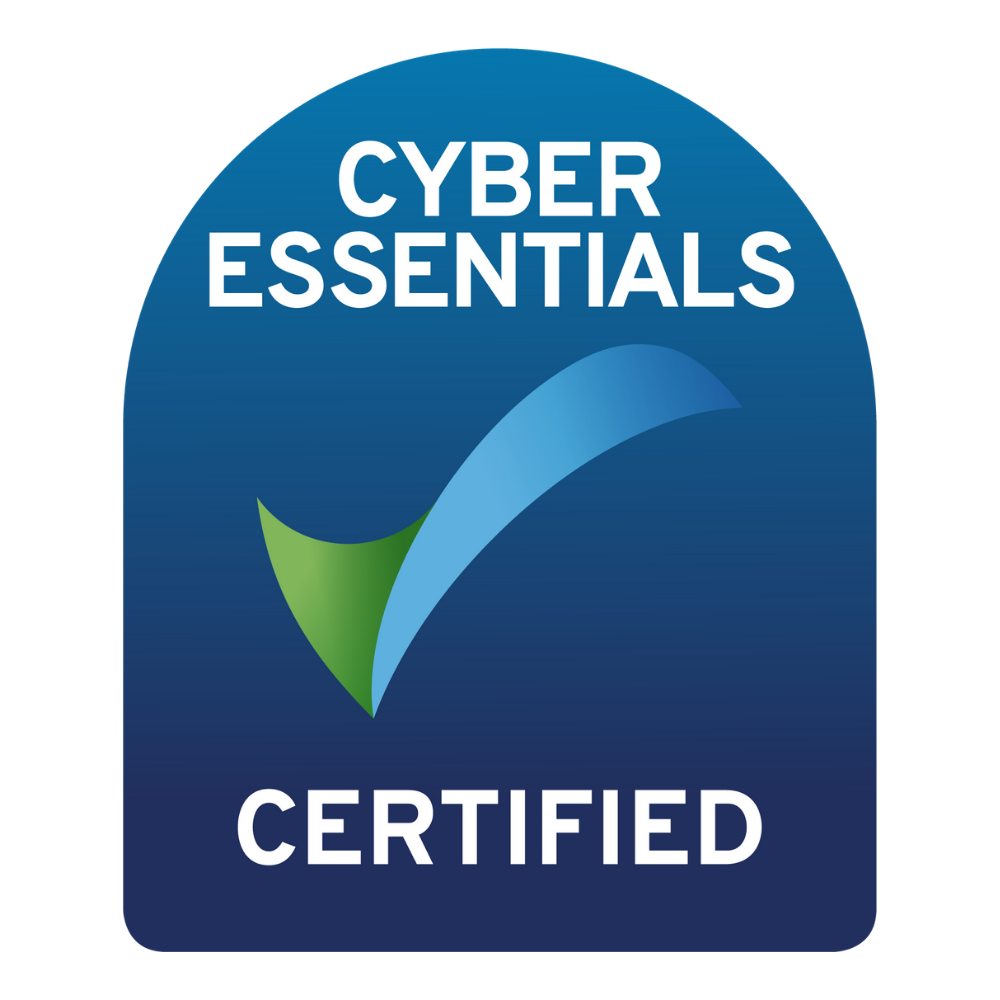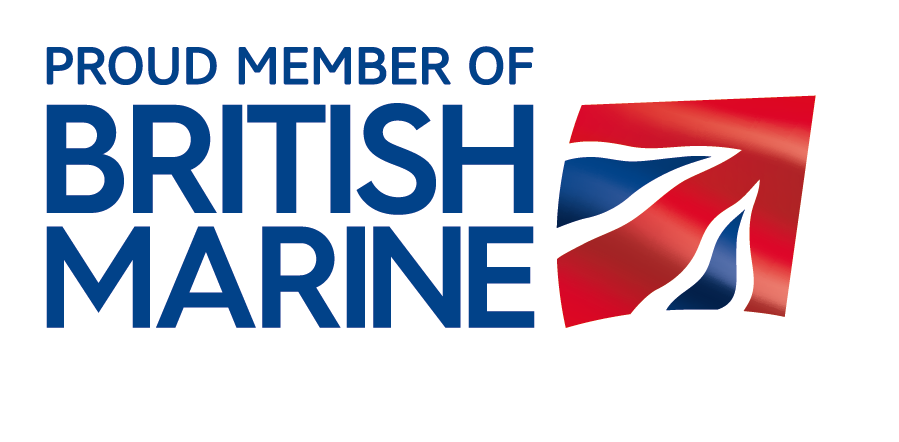

Maximise in-store visibility of available stock across all your stores and warehouses
Control and manage your store stock levels with ERP>Retail’s store replenishment system. ERP> Retail’s store replenishment system offers a robust solution for efficiently controlling and managing store stock levels. The system enables businesses to replenish stock in stores based on what has been sold since the last replenishment or date.
Or you can replenish based up to a maximum stock level per store and item.
With full stock availability across your stores and warehouse, you can IBT,
interbranch transfer, stock from one branch to another to meet your customer’s requirements.
Replenish your stores and manage their stock.
ERP>Retail provides retailers with robust real-time reporting tools to effectively replenish stores, manage purchase orders and manage stock, streamlining various aspects of inventory management.
ERP>Retail can automate the replenishment process by analysing historical sales data and current stock levels. This automation ensures timely restocking based on demand patterns, minimising the risk of stockouts and overstock situations.
Retailers can also anticipate stock requirements more precisely and adjust replenishment strategies accordingly.
Key Benefits
Here are key ways in which an ERP>Retail system can assist retailers
Supplier Collaboration
ERP>Retail facilitates seamless communication with suppliers. Retailers can share real-time inventory data, collaborate on demand forecasts, and negotiate favourable terms. This collaboration enhances efficiency in the supply chain, leading to timely and accurate stock replenishment.
Minimised Manual Errors
Automation within ERP>Retail systems reduces manual errors associated with data entry and order processing. This accuracy is crucial for maintaining optimal stock levels and preventing discrepancies in inventory management.
Interbranch Transfers
ERP>Retail can support Interbranch Transfer (IBT) functionalities, enabling retailers to transfer stock between stores as needed. This ensures that each store maintains an appropriate inventory level, especially during peak demand periods or unexpected stockouts.
Integration with Point of Sale (POS) Systems
Integration with POS systems allows retailers to align replenishment strategies with actual sales data, ensuring that stock levels are closely tied to customer demand at each store.
Our Certificates & Credentials

Frequently Asked Questions
ERP>Retail provides real-time visibility into inventory levels, helping retailers track product movement, analyse trends, and decide when to reorder. This can
improve inventory accuracy, reduce holding costs, and improve supply chain efficiency.
ERP>Retail can integrate various business processes, including sales, finance, and inventory management. This integration facilitates better communication
and collaboration among departments, improving decision-making and operational efficiency. Additionally, point-of-sale (POS) integration and real-time reporting can contribute to faster and more accurate transactions.
Efficient replenishment is critical for maintaining optimal inventory levels and ensuring that products are available when customers need them. ERP>Retail can
analyse sales patterns, track inventory turnover rates, and provide insights into demand forecasting. By automating the replenishment process, retailers can reduce manual errors, enhance order accuracy, and respond more effectively to changes in consumer demand. This results in improved inventory turnover and increased customer satisfaction.





